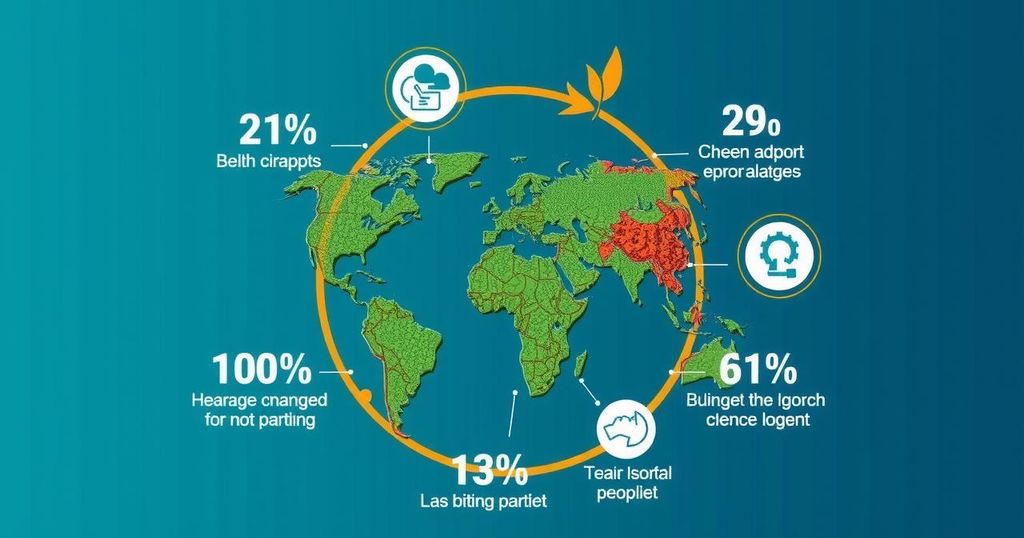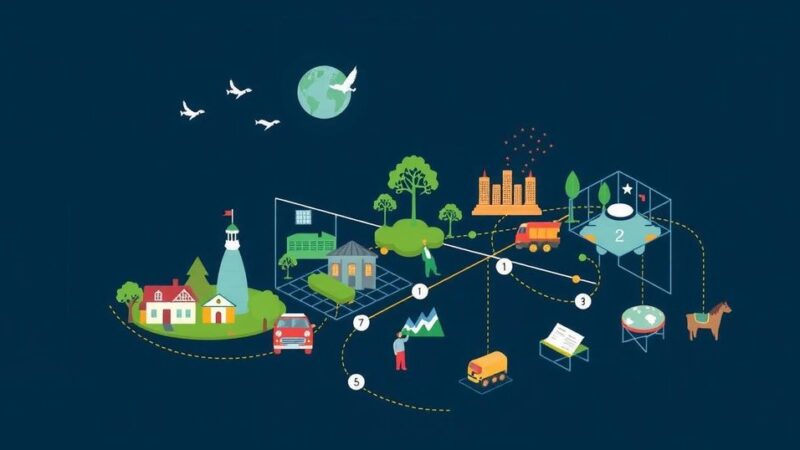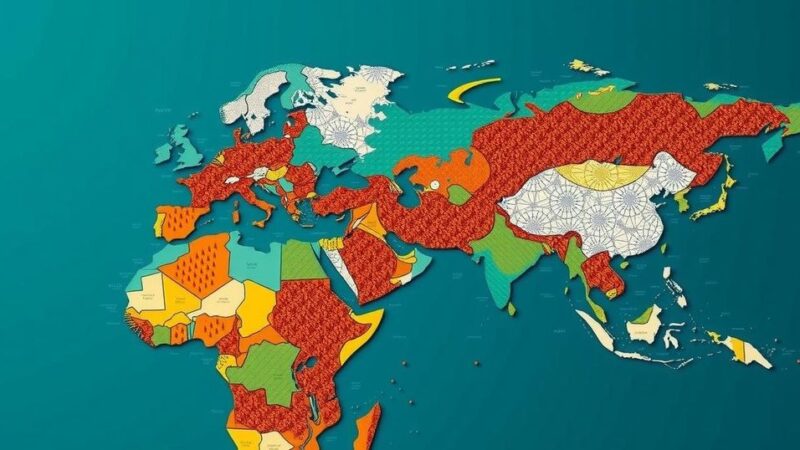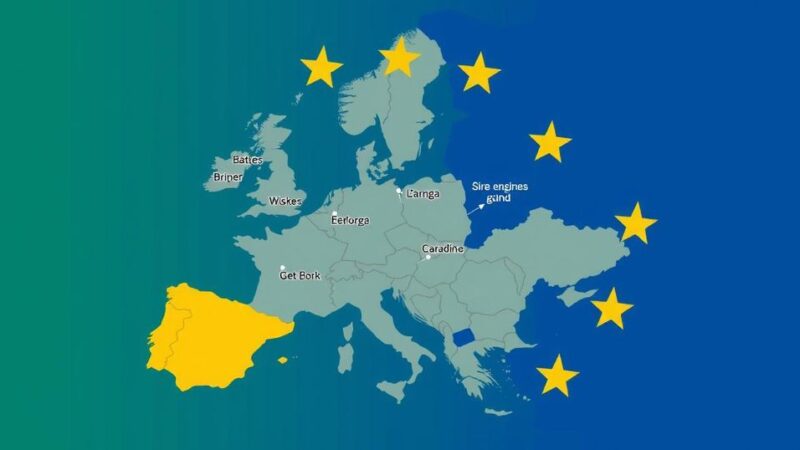In October 2024, IFAW launched guidelines to integrate wildlife conservation into national climate plans at COP16 in Colombia. The guidelines provide ten actionable steps for countries to leverage wildlife’s role in carbon sequestration and climate resilience while highlighting the economic benefits of such integration, especially for biodiversity-rich nations. Simon Addison, IFAW’s Climate Advisor, emphasized the practical applications of these guidelines for mitigating climate change and enhancing biodiversity conservation.
On October 21, 2024, in Cali, Colombia, during the UN Convention on Biological Diversity’s 16th Conference of the Parties (COP16), the International Fund for Animal Welfare (IFAW) unveiled a vital set of guidelines aimed at assisting governments and policymakers in integrating wildlife conservation into their Nationally Determined Contributions (NDCs). The newly launched document, titled Wildlife Guidelines for NDCs: Integrating Wildlife Conservation into National Climate Action Plans, serves as a crucial resource in the ongoing efforts against climate change. These guidelines are particularly pertinent as nations prepare to update their NDCs for the 2025 commitments in accordance with the Paris Agreement. The guidelines provide actionable and tangible recommendations for nations to recognize the significance of wildlife in supporting carbon sequestration and enhancing climate resilience. Simon Addison, IFAW’s Climate Advisor, emphasized the practical nature of this resource, stating, “We are offering governments a clear, practical roadmap to harness the power of wildlife conservation for mitigating climate change and strengthening climate resilience and adaptation. These guidelines are not just theoretical—they provide 10 actionable steps that nations can use to integrate wildlife into their NDCs, strengthening both climate action and biodiversity conservation.” Currently, many climate strategies fail to incorporate wildlife conservation, especially in biodiversity-rich yet climate-sensitive regions. This neglect poses a risk of missing out on significant opportunities to boost climate resilience while simultaneously protecting biodiversity. Addison pointed out, “With these guidelines, we are providing nations with tools to tackle wildlife conservation not just as an environmental priority but as a cornerstone of climate action. Countries now have the tools to make wildlife a central part of their climate strategies, thereby amplifying their efforts on both mitigation and adaptation.” The guidelines highlight several key points, especially regarding the essential role of wildlife in carbon sequestration, particularly focusing on keystone species like elephants, whales, and apex predators that are crucial for fostering ecosystem health and carbon storage. Additionally, the guidelines offer a structured ten-step framework for countries to adopt, detailing procedures from identifying key species for protection to integrating these insights into national greenhouse gas inventories and synchronizing with other policy frameworks. Furthermore, the document underscores the economic advantages of wildlife conservation and restoration, particularly for Least Developed Countries rich in biodiversity, where such endeavors can promote climate-resilient development and enhance the livelihoods of vulnerable communities, creating new pathways for accessing carbon finance.
The integration of wildlife conservation into national climate action plans is essential as nations seek to address the dual challenges of climate change and biodiversity loss. Wildlife plays a critical role in maintaining healthy ecosystems that support carbon sequestration, thus enhancing the overall effect of climate strategies. As countries prepare to revise their NDCs in line with the Paris Agreement, the need for guidelines that direct attention towards wildlife conservation becomes increasingly significant, particularly in areas where climate vulnerability intersects with rich biodiversity.
The introduction of the *Wildlife Guidelines for NDCs* by the International Fund for Animal Welfare represents a pivotal step towards fostering an integrated approach to climate action that includes wildlife conservation. By advocating for the role of wildlife in carbon sequestration and providing concrete steps for integration, these guidelines not only enhance climate resilience but also promote biodiversity conservation. The document serves as a valuable resource for nations, allowing them to capitalize on the synergies between wildlife preservation and climate strategy, ultimately contributing to a more sustainable and resilient future.
Original Source: www.ifaw.org






